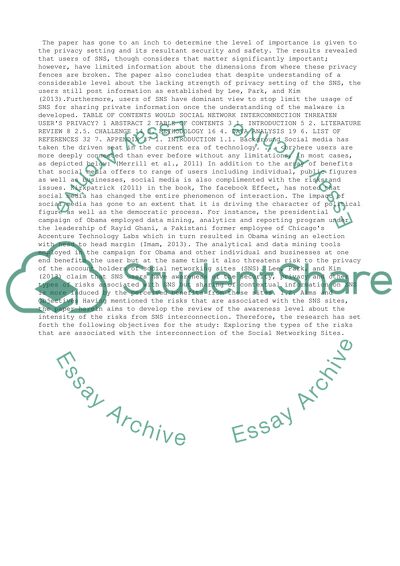Cite this document
(“Social network security is seriously threatened Dissertation”, n.d.)
Retrieved from https://studentshare.org/business/1497087-social-network-security-is-seriously-threatened
Retrieved from https://studentshare.org/business/1497087-social-network-security-is-seriously-threatened
(Social Network Security Is Seriously Threatened Dissertation)
https://studentshare.org/business/1497087-social-network-security-is-seriously-threatened.
https://studentshare.org/business/1497087-social-network-security-is-seriously-threatened.
“Social Network Security Is Seriously Threatened Dissertation”, n.d. https://studentshare.org/business/1497087-social-network-security-is-seriously-threatened.


